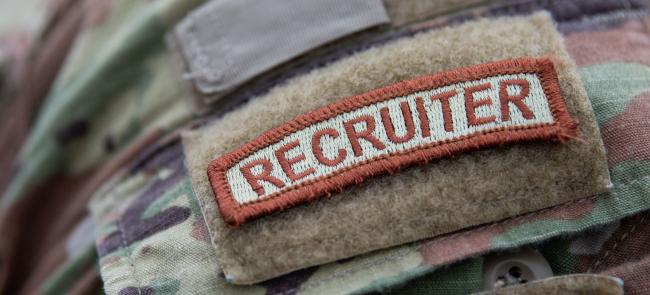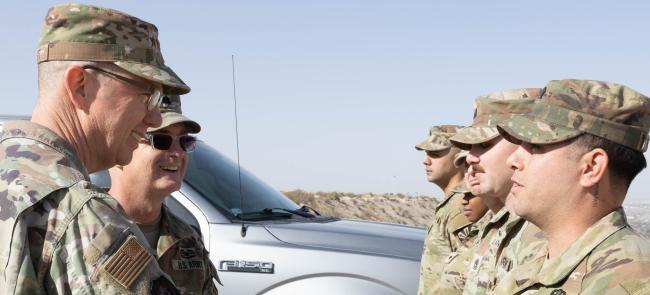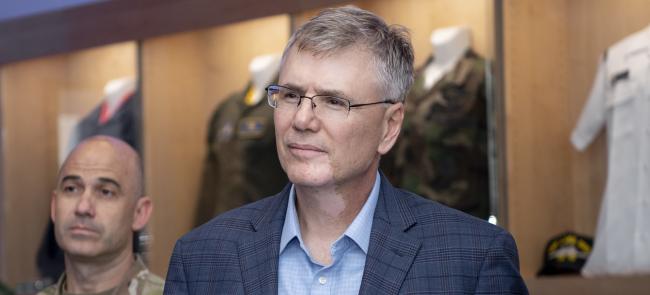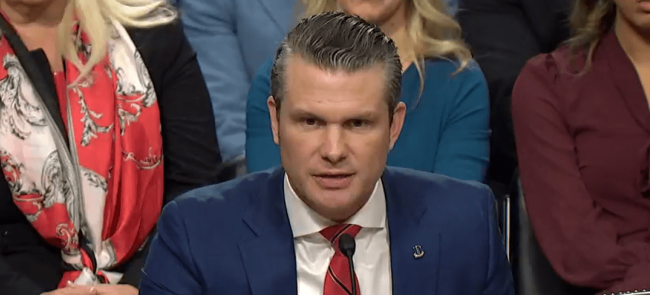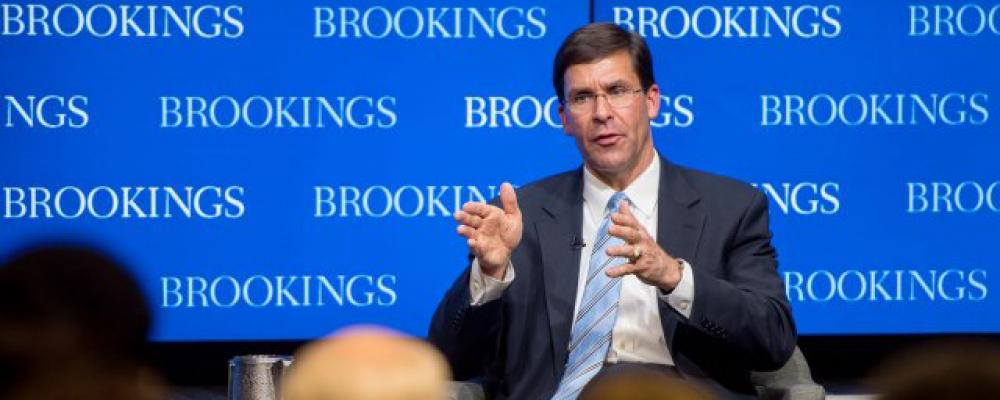
The Army Vision reflects the speeches and testimony service leaders have given over the past year.
Army Secretary Mark Esper and Gen. Mark Milley, the Army chief of staff, have spoken often about the need for the service to prepare to fight a high-intensity conflict against enemies with similar weapons.
Future conflicts, they said, may also be in urban environments with soldiers facing the possibility of extended periods without communication or aviation support.
Released June 6, the vision statement provides an azimuth for how the Army will get where it needs to be by 2028.
“The Army will do this,” the vision states, “through the employment of modern manned ground combat vehicles, aircraft, sustainment systems, and weapons, coupled with robust combat arms formation and tactics based on a modern warfighting doctrine and centered on exceptional Leaders and Soldiers of unmatched lethality.”
Within the message are a few priorities. The first is to grow the force. The vision calls for an active component of more than 500,000 soldiers, with “associated growth in the National Guard and Army Reserve." Current active-component personnel end-strength is 483,500 soldiers.
Tougher training is another priority. Army leaders want training focused on “high-intensity conflict” with an emphasis on urban areas and “electronically degraded environments.”
The service also wants to master new technology, including autonomous systems, artificial intelligence and robotics.
A fourth bullet in the message covers leadership. Army officials want to “develop smart, thoughtful, and innovative leaders of character who are comfortable with complexity and capable of operating from the tactical to the strategic level.”
The vision commits the Army to building “a new talent management-based personnel system that leverages the knowledge, skills, behaviors, preferences of its officers and noncommissioned officers.”
Esper and Milley acknowledge their vision is ambitious, especially with spending caps scheduled to return in fiscal 2020. The message specifically mentions that fiscal challenges will force the service to “continue making difficult choices.”
“A continued commitment to strengthening our alliances and building partnerships will help offset these challenges.”




